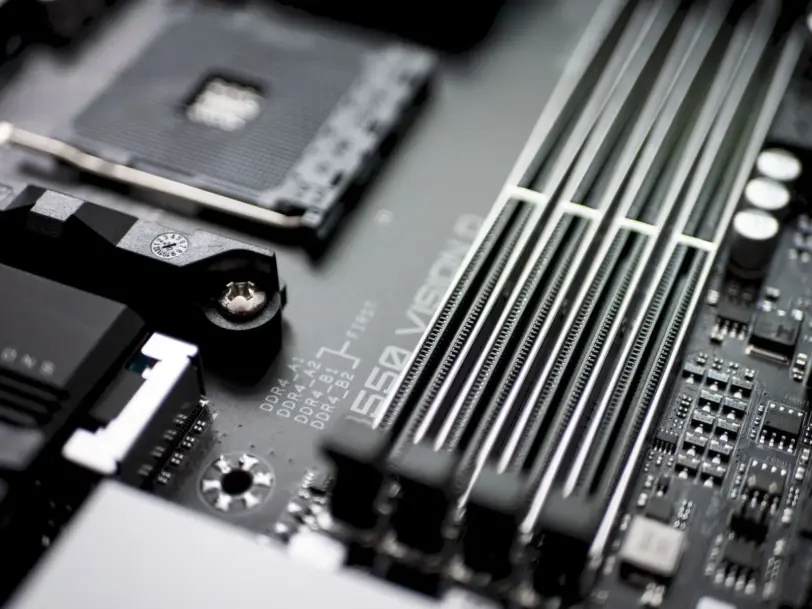What is the difference between DDR3 ram and DDR4

DDR3 and DDR4 are two different types of RAM commonly used in computers and laptops. The advancement of RAM technology is essentially why today’s computers can boot much faster than in the early days.
However, RAM is volatile memory, meaning that RAM is cleared when the computer shuts down, thus erasing any information the user may have stored on it. After shutting down the computer, all data in RAM must be automatically moved to the hard drive as part of a process, otherwise it will be deleted. When the computer is turned on, the necessary files are copied from the hard drive to RAM and stored there until it is turned off.
DDR3 and DDR4 RAM
DDR stands for double data rate. It is a type of synchronous and dynamic random access memory (SDRAM) and has a high-bandwidth interface, hence the name “double data rate”. DDR3 and DDR4 are two types of DDR SDRAM. The numbers in the name refer to their generation. DDR was replaced by DDR2, followed by DDR3, and then by DDR4.
As the successor to DDR2, DDR3 is much faster, while DDR4 is even faster than DDR3. DDR3 can clock speeds between 800 and 2133 MT/s, while DDR4 speeds start at 2133 MT/s and go up to 3 MT/s, which is significantly faster. Officially, DDR4 does not have a maximum speed, or even if it did, programmers have not yet achieved it.
Differences Between DDR3 and DDR4 Memory
- DDR4 is an evolution of DDR3 that offers higher performance, higher density, higher reliability, and lower power consumption, among other architectural innovations.
- The clock and data transfer rate of DDR4 is higher, generally from 2133Mhz to 4266 MT/s, while the clock and data transfer rate of DDR3 is lower, generally from 1600Mhz to 2,133MT/s.
- DDR4 has a lower voltage, ranging from 1.2 to 1.35V, while for DDR3 it is between 1.5 and 1.65V, depending on the speed of the memory.
Additionally, DDR4 has a lower operating voltage compared to previous generations. It uses a maximum of 1.2 volts and a minimum of 1.05 volts, while DDR3 uses a maximum of 1.5 volts and a minimum of 1.35 volts. DDR4 also has increased power saving improvements. It includes a new deep shutdown mode that reduces power consumption when the system is in standby mode. This lower power consumption, in addition to its lower operating voltage, causes DDR4 to consume less power and run cooler than DDR3.
DDR4 also shows higher efficiency and better chip density. DDR4 chips are produced at higher densities. This is almost four times the density of DDR3. However, it should be noted that DDR4 can only be installed on motherboards that support DDR3, as it tends to have more pins than DDR4.